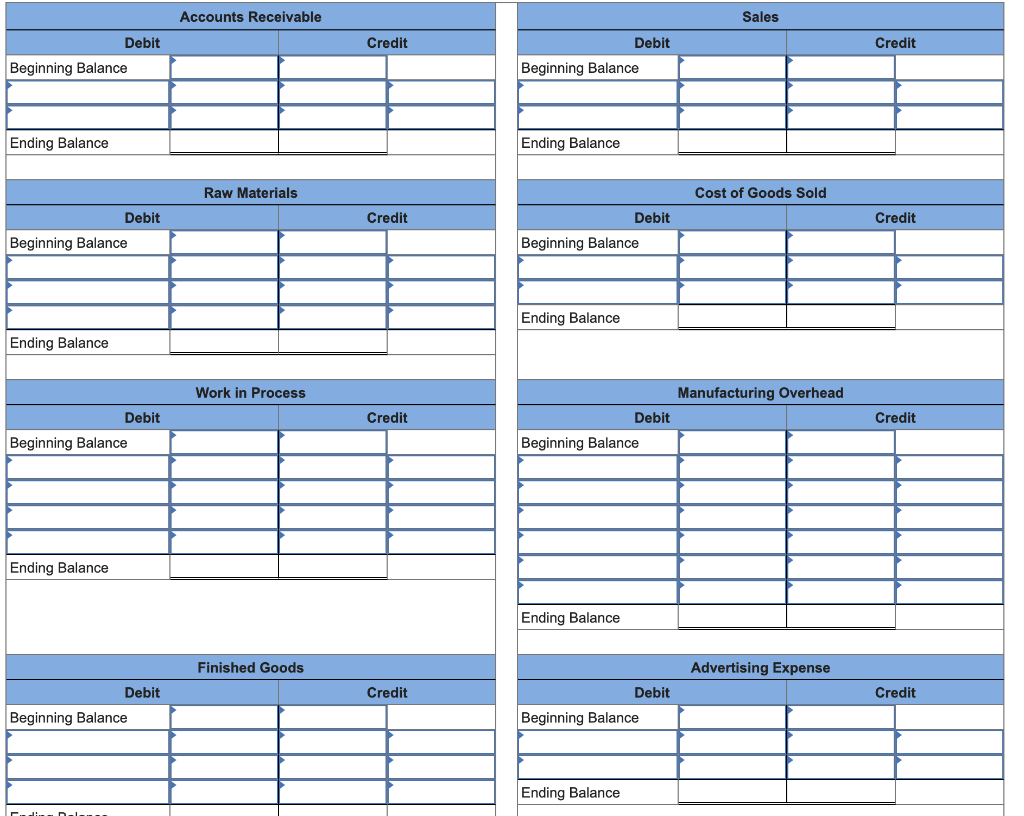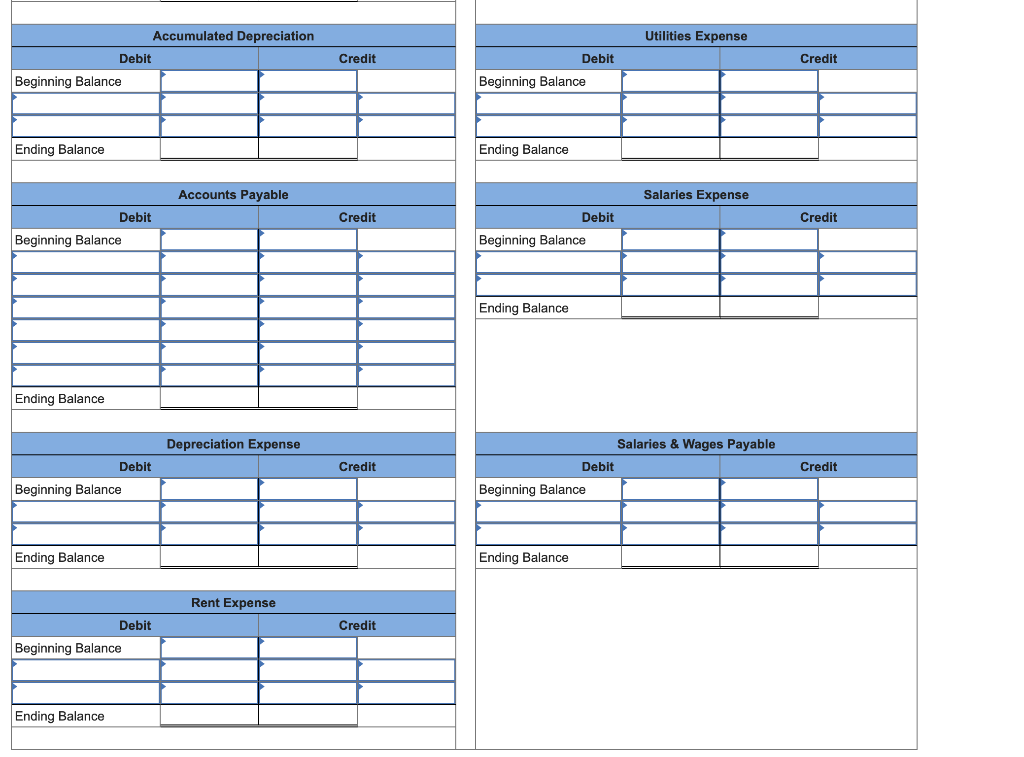Question
Froya Fabrikker A/S of Bergen, Norway, is a small company that manufactures specialty heavy equipment for use in North Sea oil fields. The company uses
Froya Fabrikker A/S of Bergen, Norway, is a small company that manufactures specialty heavy equipment for use in North Sea oil fields. The company uses a job-order costing system that applies manufacturing overhead cost to jobs on the basis of direct labor-hours. Its predetermined overhead rate was based on a cost formula that estimated $378,000 of manufacturing overhead for an estimated allocation base of 900 direct labor-hours. The following transactions took place during the year:
- Raw materials purchased on account, $285,000.
- Raw materials used in production (all direct materials), $270,000.
- Utility bills incurred on account, $76,000 (85% related to factory operations, and the remainder related to selling and administrative activities).
- Accrued salary and wage costs:
| Direct labor (950 hours) | $ 315,000 |
|---|---|
| Indirect labor | $ 107,000 |
| Selling and administrative salaries | $ 195,000 |
- Maintenance costs incurred on account in the factory, $71,000
- Advertising costs incurred on account, $153,000.
- Depreciation was recorded for the year, $89,000 (70% related to factory equipment, and the remainder related to selling and administrative equipment).
- Rental cost incurred on account, $114,000 (75% related to factory facilities, and the remainder related to selling and administrative facilities).
- Manufacturing overhead cost was applied to jobs, $?.
- Cost of goods manufactured for the year, $940,000.
- Sales for the year (all on account) totaled $2,050,000. These goods cost $970,000 according to their job cost sheets.
The balances in the inventory accounts at the beginning of the year were:
| Raw Materials | $ 47,000 |
|---|---|
| Work in Process | $ 38,000 |
| Finished Goods | $ 77,000 |
2. Post your entries to T-accounts. (Dont forget to enter the beginning inventory balances above.)


Step by Step Solution
There are 3 Steps involved in it
Step: 1

Get Instant Access to Expert-Tailored Solutions
See step-by-step solutions with expert insights and AI powered tools for academic success
Step: 2

Step: 3

Ace Your Homework with AI
Get the answers you need in no time with our AI-driven, step-by-step assistance
Get Started


